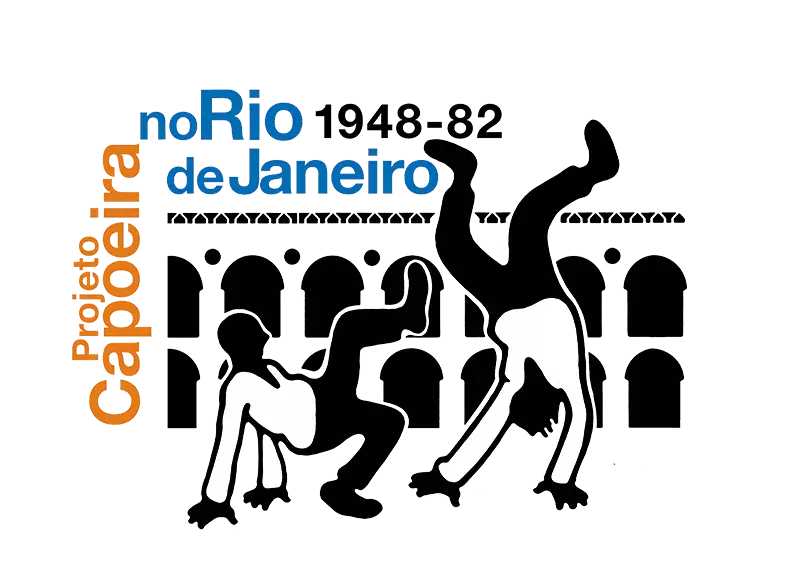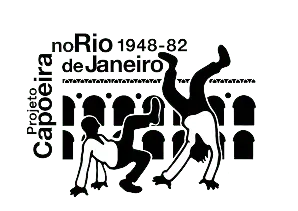
Capoeira is an Afro-Brazilian martial art that combines singing and percussion with dance, combat and street theatre. Two practitioners play a ‘game’ within a ‘circle’ formed by the musicians and other participants. Enslaved Africans and Creoles developed the practice in the port cities of late colonial and imperial Brazil. Its first practice is documented in Rio de Janeiro at the beginning of the nineteenth century. Capoeira survived initial harsh repression until being recognised as a national sport and tradition in the twentieth century.
Two competing styles – Regional and Angola – were responsible for its modernisation in the 1930s–50s. Developed initially in Salvador da Bahia, those styles were brought to Rio by Bahian migrants in the 1950s, were they merged during the following decades into the current mainstream ‘Contemporary’ style, now taught and played around the world. The capoeira circle and the knowledge of capoeira teachers (“masters”) were recognised by the Brazilian government as integral to the nation’s intangible cultural heritage in 2008, and by UNESCO in 2014. The expression “Contemporary Capoeira” is not much more of than a vague umbrella term for the many styles practiced at present: from “Contemporary Angola” to the capoeira practiced by adepts of MMA (Mixed Martial Arts), and it includes many styles that emerged as hallmarks of the big capoeira groups which originated during this period in Rio de Janeiro, such as Senzala, Muzenza, Abadá and many others.The project aims to better understand the emergence of Contemporary Capoeira by gathering material from different sources. The project team is conducting interviews with capoeira masters from the first and second generations, responsible for the development and expansion of the new, modernised style of capoeira during the 1950s–80s in ‘Greater Rio de Janeiro’ – which includes not only the city centre, but also its poorer suburbs and its marginalised periphery.



